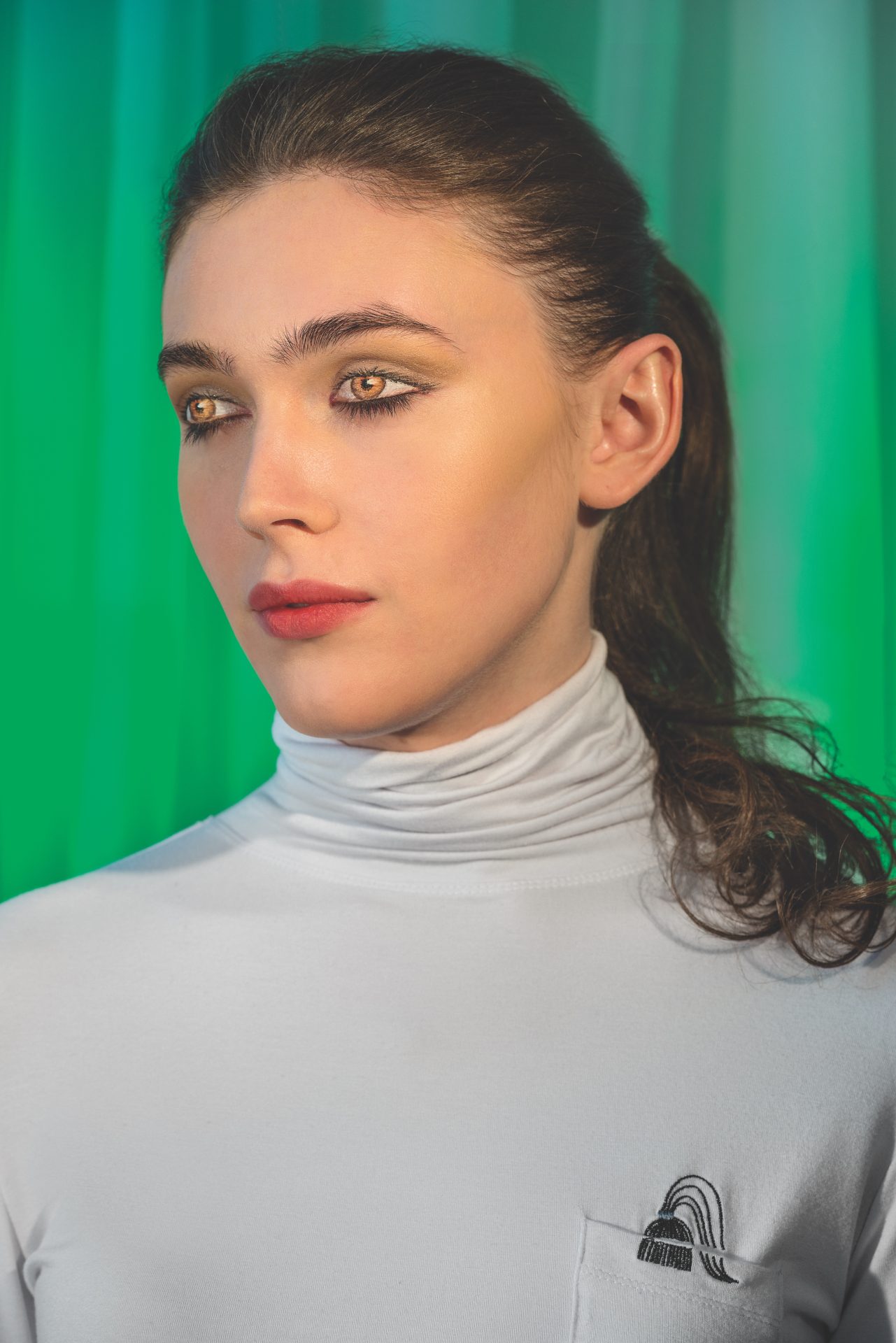On a steamy Friday afternoon that felt more like late July than mid-September, I headed to the annual New York Art Book Fair at MoMA PS1, aiming to learn more about the state of independent art publishing. Run by Printed Matter, the nonprofit organization that promotes artists’ books with evangelical zeal, the fair is now in its tenth incarnation, and included, among more than three hundred and fifty participants, art-book publishers from twenty-eight countries. Finding them was the challenge. With a floor plan in one hand (isn’t there an app for this?) and the miniature telephone book listing exhibitors in the other, I felt like it was my first day of college at an under-endowed state school.
Inside, I was swept up by a meandering herd of restless readers. We passed zoos of zines in spaces including the air-conditioned dome in PS1’s courtyard, the chilliest spot at the fair. Perhaps the most memorable was Hamburger Eyes No. 19, a photography zine modestly promising “THE CONTINUING STORY OF LIFE ON EARTH.” On the first floor of PS1, the larger creatures of independent art publishing could already be heard making noise: in the space that rises from the basement into the first floor, a band was rehearsing for a show later in the day. (It was part of the elaborate programs of exhibitions and performances mounted by David Zwirner Books in collaboration with Marcel Dzama).
But I was searching for more elusive game: the small independent presses that have filled the territory created by the continuing decline of trade art publishing. These species have evolved by way of many paths: Groups of artists and photographers, graphic-design collectives, and disaffected trade-book editors have all made their way into the art-book business, emboldened by increasingly affordable manufacturing and more flexible distribution options. Art-book publishing continues to migrate upstream, getting closer to the producers (artists, photographers, architects, and designers) and ever farther from the often-depressing realities of the commercial art-book world.
In a decidedly unsystematic sampling of these small presses, I found that most were launched within the past five years, many in 2010–11. It was not an auspicious moment in trade publishing, which continued to see a decline in sales as the recession lingered, with gains mostly in digital products. This situation was an opportunity for small publishers to fill a niche, typically offering two or three titles a year, with manageable print runs, usually somewhere between five hundred and a thousand copies.
The art-book corral with the biggest crowd—and highest energy level—was a former classroom that the fair had devoted to photography books. Art photography is the dominant medium for the independents—as it is for illustrated-book publishing generally. But the book buyer at Barnes & Noble probably isn’t going to be stocking most of these titles anytime soon. Quirky, attractive, or valuable as they may be, these small-press highlights can’t easily be labeled using trade bookstore taxonomy—but practically all are available online.
APE, that is, Art Paper Editions, is based in Ghent, Belgium. Originating in a design studio and focusing on artist-initiated projects, the small press is represented by Jurgen Maelfeyt, who told me the fair has become “more and more interesting and more diverse.” He stood by a stack of copies of conceptual photographer Paul Kooiker’s book Nude Animal Cigar, which, as promised, consists entirely of images, variously sequenced, of nudes, animals, and cigars. Greetings from Auschwitz takes its title from the disconcerting phrase that appears on one of the postcards (the earliest from 1947) gathered in this small volume edited by Polish artist and curator Paweł Szypulski. It’s published by Zurich’s Edition Patrick Frey, one of several larger independent art publishers at the fair. Active since 1986, the press produces as many as twenty books a year in small print runs, and often provides young artists with a platform for a first publication. My favorite book from Bemojake, the London indie publisher run by Maxwell Anderson—who had worked with Chris Boot before he joined Aperture as executive director in 2011—is Tim Smyth’s Defective Carrots, a deadpan presentation of images of “optically deficient” carrots, which were singled out by a sorting machine acting as the barrier between the unattractive carrots and the consumer. Here, the consumer’s loss is our gain, as the book reveals the carrots’ grotesque and even suggestive shapes.

While most of these publishers must rely on funding by the artists or photographers whose work is presented (and this has always been the case, at least since the heyday of Harry Abrams), some books have authors and subjects—or subject matter—enticing enough to sustain themselves through sales. Pearson, whose book with octogenarian erotic priestess Dorothy Iannone, You Who Read Me with Passion Now Must Forever Be My Friends, was launched at the 2014 fair, made a startling admission about her recent success: “I actually paid taxes last year.” One wishes the same fate for all her independent art-publishing colleagues.
Christopher Lyon is a writer and art-book publisher based in Brooklyn.





